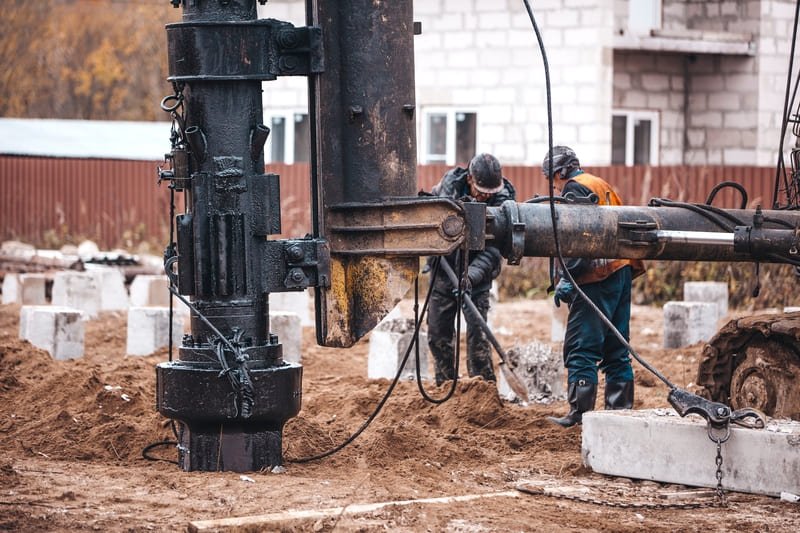Have you ever wondered how water wells tap into the hidden reservoirs beneath our feet?
A water well drilling rig works by using a powerful drill bit to penetrate the earth, reaching aquifers to provide a reliable water source. These rigs are equipped with various components like a derrick, rotary table, and mud pump, enabling efficient drilling operations.
While this explanation offers a basic understanding, the intricacies of well drilling require a deeper dive. Explore the diverse types of rigs, their specific functions, and what considerations are crucial when selecting a rig for your project.
A rotary drilling rig is best for deep well drilling.True
Rotary rigs are ideal for deep wells due to their versatile capabilities.
What Are the Main Components of a Water Well Drilling Rig?
Understanding the components of a water well drilling rig is crucial for efficient and effective drilling operations.
A water well drilling rig comprises key components such as the derrick, rotary table, drill string, and mud pump. These elements work together to facilitate the drilling process by supporting the drill bit and managing the drilling fluid. Each part plays a vital role in ensuring successful penetration into the earth's surface.
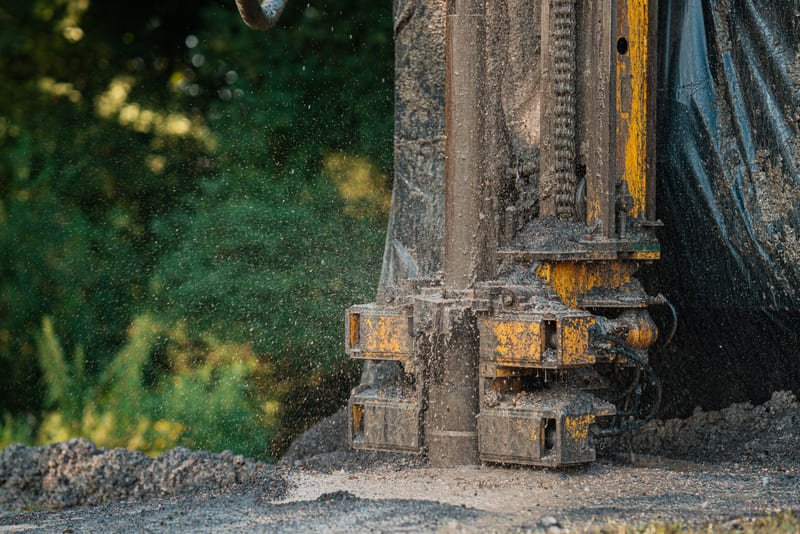
The Derrick
The derrick is a critical component that provides structural support for the entire drilling operation. It acts as a framework that holds the drill string1 and other equipment in place, allowing vertical movement as the drill penetrates deeper into the earth.
Rotary Table
The rotary table is responsible for rotating the drill string and bit. Its primary function is to facilitate the turning motion required to break through rock and soil layers. This component's efficiency directly affects drilling speed and accuracy.
Drill String
Comprising drill pipes connected end-to-end, the drill string transmits torque from the rotary table to the drill bit. It also provides a passageway for drilling fluids, which help cool the bit, remove cuttings, and stabilize the well bore.
Mud Pump
A vital element in any drilling rig, the mud pump circulates drilling fluid through the drill string and back to the surface. This circulation system cools the drill bit, removes debris, and maintains pressure in the well to prevent collapse.
Power System
The power system supplies energy to all mechanical operations within the rig. Depending on the type of rig, this can be provided by diesel engines, electric motors, or a combination of both, ensuring that each component operates smoothly.
Understanding these components2 ensures better management of drilling operations and aids in troubleshooting when challenges arise.
The derrick provides structural support for the drill string.True
The derrick acts as a framework holding the drill string in place.
Mud pumps are used to rotate the drill bit in drilling rigs.False
Mud pumps circulate drilling fluid; rotary tables rotate the drill bit.
How Do Different Types of Drilling Rigs Compare?
Drilling rigs vary widely in design and function, each tailored for specific drilling tasks and environments.
Drilling rigs can be broadly classified into three types: rotary, percussion, and auger. Each type has unique features and applications, such as rotary rigs for deep well drilling, percussion rigs for hard rock formations, and auger rigs for shallow water wells. Choosing the right rig depends on the geological conditions and the project's objectives.
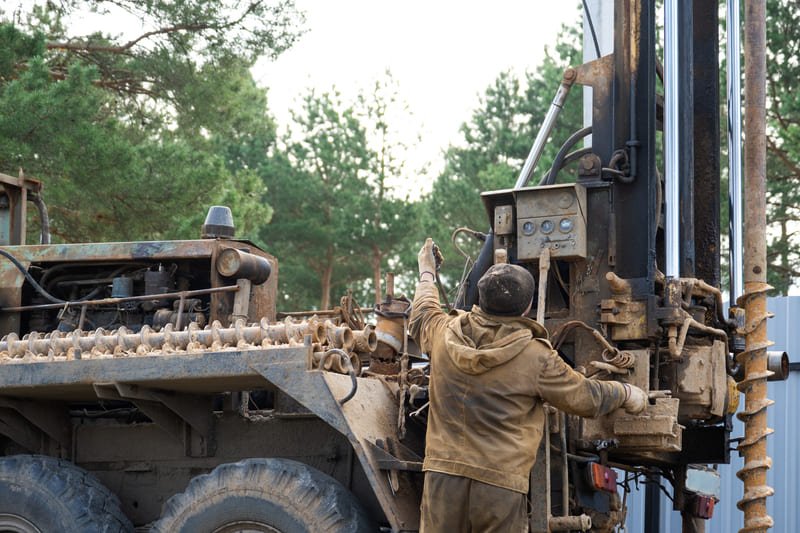
Types of Drilling Rigs: An Overview
Drilling rigs come in various forms, each suited for different geological conditions and drilling objectives. The primary types include rotary, percussion, and auger rigs, each offering distinct advantages.
1. Rotary Drilling Rigs
Rotary drilling rigs are the most commonly used type, ideal for deep well drilling. They utilize a rotating drill bit to cut through the earth and are equipped with components like a derrick and rotary table. These rigs can handle various soil conditions, making them versatile for numerous applications.
2. Percussion Drilling Rigs
Percussion drilling rigs operate by repeatedly raising and dropping a heavy tool into the borehole. This method is particularly effective in penetrating hard rock formations. Despite being slower than rotary rigs, their ability to tackle tough geological conditions is unparalleled.
3. Auger Drilling Rigs
Auger drilling rigs use a helical screw to remove soil from the borehole. They are best suited for shallow drilling projects, such as environmental sampling or shallow water wells. While they may not reach the depths of rotary or percussion rigs, they are efficient in softer soils.
Key Factors in Choosing a Drilling Rig
When selecting a drilling rig, it's crucial to consider several factors:
- Geological Conditions: The type of soil or rock can greatly influence the choice of rig.
- Project Depth: Deeper wells typically require more robust rigs like rotary or percussion.
- Cost Efficiency: Auger rigs may be more economical for shallow, less complex projects.
Comparative Analysis of Rig Types
| Type | Ideal Use Case | Advantages |
|---|---|---|
| Rotary | Deep wells | Versatile, handles various conditions |
| Percussion | Hard rock formations | Effective in tough conditions |
| Auger | Shallow wells | Cost-effective for soft soils |
Selecting the appropriate rig is essential for project success. Understanding each type's strengths and limitations helps in making an informed decision tailored to specific project needs. For more insights on rotary drilling rig efficiency3 and how to evaluate geological conditions4, continue exploring.
Rotary rigs are best for shallow water wells.False
Rotary rigs are ideal for deep well drilling, not shallow water wells.
Percussion rigs excel in hard rock formations.True
Percussion rigs are effective for penetrating tough geological conditions.
What Factors Influence the Cost of Drilling a Well?
Drilling a well involves various factors that significantly influence the overall cost, from location to technology used.
The cost of drilling a well is influenced by factors such as location, depth, geological conditions, and the type of drilling rig used. These elements affect both the complexity and duration of the drilling process, ultimately impacting the total expense involved.
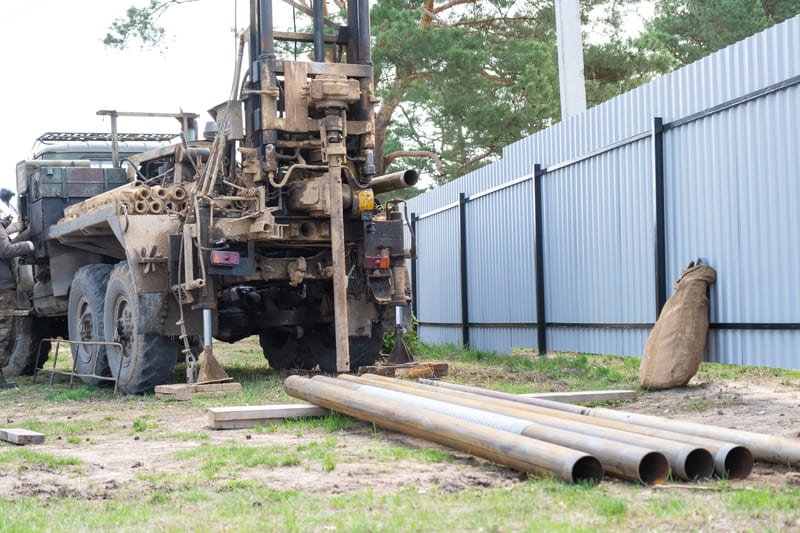
Location and Accessibility
One of the primary factors affecting well drilling costs is the geographical location5. Urban areas often have higher costs due to logistical challenges and permits, while rural locations might offer easier access but require more transportation.
| Table: Cost Variations by Location | Location Type | Typical Cost Range |
|---|---|---|
| Urban | $15,000 - $30,000 | |
| Suburban | $10,000 - $20,000 | |
| Rural | $8,000 - $15,000 |
Depth and Diameter
The required depth and diameter of the well are crucial in determining cost. Deeper wells generally demand more powerful rigs and extended drilling times. A larger diameter increases material and labor costs.
Geological Conditions
The geological makeup beneath the surface can significantly influence costs. Hard rock formations require more specialized equipment and take longer to penetrate compared to softer soils.
- Sandy Soils: Easier and cheaper to drill through but may require additional casing.
- Rocky Terrain: Demands advanced drilling techniques, increasing both time and expense.
Type of Drilling Rig
Different drilling rigs are designed for specific conditions. Choosing the right rig impacts efficiency and costs. For instance, rotary rigs are versatile but more expensive than cable tool rigs, which are better suited for softer materials.
Additional Considerations
- Water Testing and Permits: Regulatory requirements vary by region, affecting costs.
- Environmental Factors: Nearby water bodies or protected areas may impose additional restrictions.
Each of these aspects must be carefully evaluated to estimate accurate drilling costs. Understanding these factors helps in planning and budgeting effectively.
Urban wells are cheaper to drill than rural ones.False
Urban drilling is costlier due to permits and logistical issues.
Rocky terrains increase well drilling costs.True
Rocky terrains require specialized equipment, raising costs.
How to Choose the Right Drilling Rig for Your Project?
Selecting the right drilling rig is crucial for project success, affecting efficiency and cost.
Choosing the right drilling rig involves considering project specifics like depth, terrain, and budget. Evaluate the types of rigs available—rotary, percussion, or auger—and match them with your project's needs. Also, assess factors such as mobility, power source, and environmental impact to ensure optimal performance and sustainability.
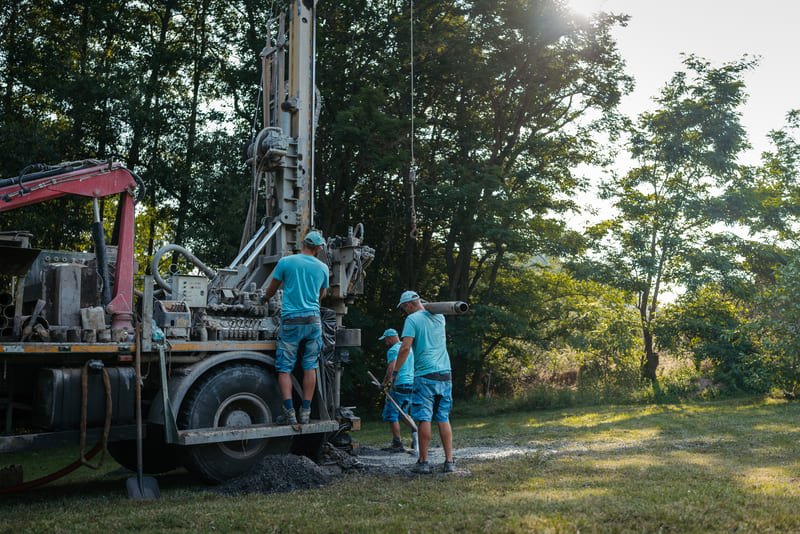
Understanding Your Project Requirements
Before selecting a drilling rig, it's important to thoroughly understand the project's requirements. Consider the depth of the well, the type of soil or rock formations you'll be drilling through, and the expected groundwater conditions. These factors directly influence the choice of rig type and its specifications.
For instance, a rotary drilling rig6 might be suitable for deeper wells requiring high penetration rates, while an auger rig7 could be more effective for shallow wells in soft ground conditions.
Evaluating Different Rig Types
Different types of rigs serve varied purposes:
- Rotary Rigs: Ideal for deep wells, they use a rotating drill bit to cut through rock. They require a substantial power source and are often used in industrial settings.
- Percussion Rigs: These rigs employ a pounding action to break through hard materials. They are slower but effective for hard rock formations.
- Auger Rigs: Best for soft soils and shallow depths. They use a helical screw to lift soil to the surface.
A table comparing these rigs can help visualize their capabilities:
| Rig Type | Best Use Case | Pros | Cons |
|---|---|---|---|
| Rotary | Deep, hard rock | Fast drilling | High power demand |
| Percussion | Hard rock formations | Effective in tough rock | Slower rate |
| Auger | Soft, shallow soils | Cost-effective | Limited depth |
Considering Environmental and Economic Factors
Besides technical specifications, consider environmental impact and cost-effectiveness. Ensure that the rig you choose complies with local regulations regarding noise pollution and emissions. Opt for rigs with energy-efficient features to reduce operational costs.
Furthermore, consider maintenance costs8 associated with different rigs. A cheaper upfront cost might lead to higher long-term expenses if the rig requires frequent repairs or specialized parts.
Mobility and Logistics
The rig's mobility can affect both cost and project timeline. If your project is in a remote area, a mobile rig that can easily be transported and assembled on-site will be advantageous. Assess the logistical support needed for transporting heavy machinery to the site and whether the terrain is accessible.
By carefully evaluating these factors, you can ensure that you select a drilling rig that meets your project's specific needs efficiently and sustainably.
Rotary rigs are best for shallow, soft soil projects.False
Rotary rigs are ideal for deep wells and hard rock formations.
Auger rigs require a substantial power source.False
Auger rigs are cost-effective and do not need substantial power.
Conclusion
Understanding how water well drilling rigs operate empowers you to make informed decisions. Whether you're embarking on a new project or satisfying curiosity, knowing the details ensures better planning and outcomes.
-
Understand how drill strings facilitate deeper drilling operations.: ... for care in drilling operations. Understanding these components is crucial for successful ... ↩
-
Gain insights into each component's role in efficient drilling.: The mud pumps are responsible for circulating the mud through the system, while the mud tanks hold the mud before and after it is circulated. ↩
-
Learn about the efficiency and capabilities of rotary drilling rigs.: We propose a rotary drilling rig drilling efficiency prediction model based on the GA-BP neural network to construct an accurate and efficient drilling ... ↩
-
Discover how geological assessments guide rig selection.: 1. Review data sources and quality ; 2. Define geological model and targets ; 3. Select well location and trajectory ; 4. Design well casing and ... ↩
-
Discover how location impacts logistical and permit-related expenses.: Here are some of the costs to consider and the decisions surrounding them: Geographic Location. You have limited control over where your well is drilled. ↩
-
Discover how rotary rigs work best for deep wells.: A rotary drilling rig is a sophisticated piece of equipment used in the drilling of boreholes, wells, and other types of holes in the ground. ↩
-
Learn why auger rigs are ideal for soft soil projects.: Pros: · Deep Drilling: Auger technology can achieve significant depths. · Clean Sampling: No drilling fluids are required, making it ideal for ... ↩
-
Understand maintenance expenses for long-term savings.: Operating costs run at around $200k/day. These are expenses like salaries, contractors, transportation, materials and energy costs. Annual ... ↩

